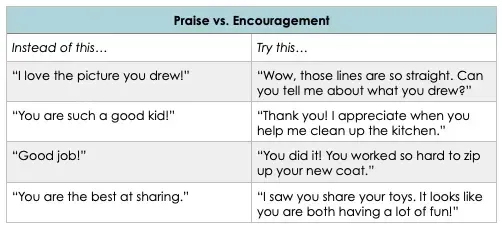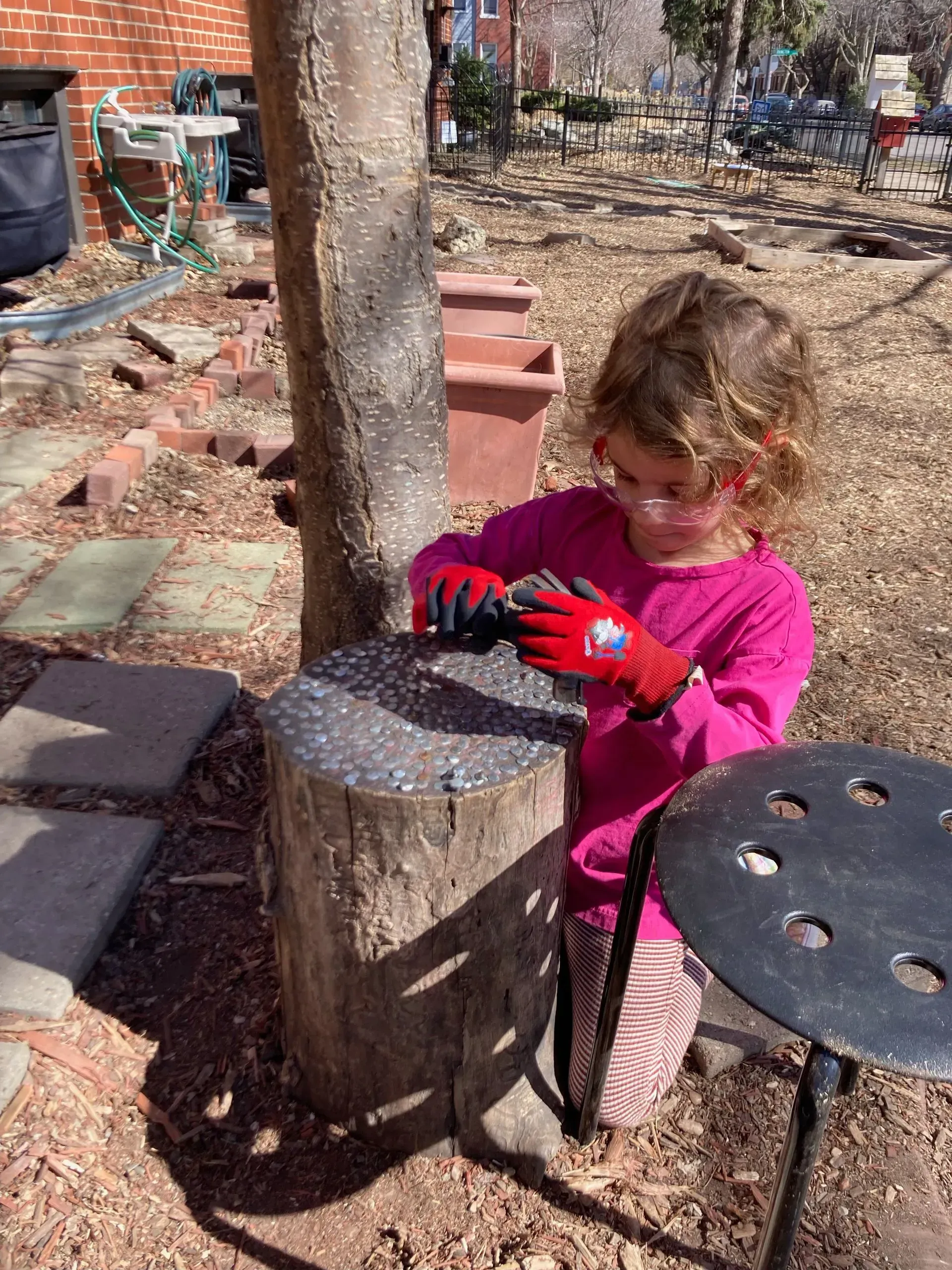
Toddlers are learning to communicate. Sometimes they use words or sounds, sometimes they use body language, and sometimes they hit, bite, or push. It is a way of communication, it is normal for a child to go through this phase but it is up to the adults in the child’s life to teach them that it is not an appropriate form of communication and that “we don’t hurt our friends.”
When a child is displaying physical behaviors we can start by observing the behavior, and looking to see what seems to cause it. There are a few key things that we typically look at:
Time: What times does the behavior occur? Is the child tired, hungry, going through a transition in their schedule?
Emotion: is the child frustrated, confused, playful, or do they need space?
Environment: is the environment peaceful? Or is it busy, over- stimulating and causing too much sensory input?
Then we model the desired behavior by showing empathy. We don't force children to apologize because we want them to learn genuine empathy. Instead, we model, ask, and encourage them to check on the person they hurt. So if a child hits their dad, mom can model this by asking dad questions like, “are you okay? Did that hurt your body? Did that startle you? Do you need a hug? Can I offer you an ice pack?” etc.
If the behavior is attention-seeking, we typically try to avoid reinforcing that behavior by checking on the person who was hurt first, and then asking the other child to check on their body. This can be done by asking the child to show that person a gentle touch or asking if they need a hug (with their consent of course).
It is also important to set clear boundaries when you see your child engaging in physical behavior. Here is some common language that we use here at school: “I don’t like when you hurt my body, I’m going to walk away,” “You are hurting my body, I need you to walk away,” “I need space,” “That hurts, can you show me a gentle touch?”
At first you might have to take their hand and give an example of a gentle touch. Obviously, if the child is not able to communicate verbally it is very important that we model the behavior that we want the child to exhibit. If you observe that your child is typically hitting when there is another child in their space, we tell children to use their words and say “I need space.” Until the child is able to verbalize this, here is a link to a video showing how to sign personal space. It uses two signs: one for personal, and one for space. Using the sign for space only might be easiest for your child.
Breanna




